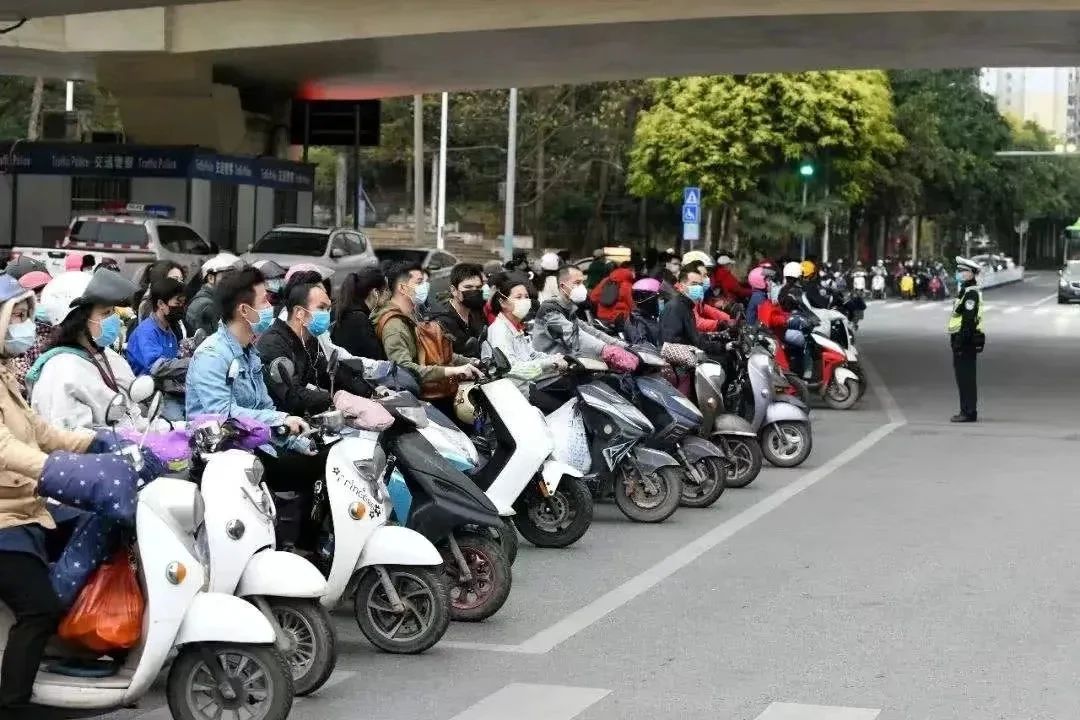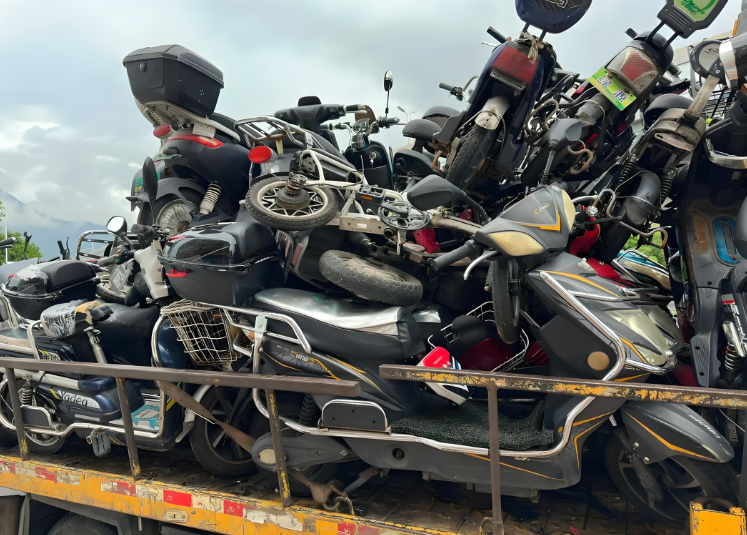On September 1, 2025, the newly revised national standard for electric bicycles (GB 17761-2024) will officially come into effect. This revision aims to enhance the safety performance of electric bicycles, reduce accident risks, and regulate market order.
During this transition period between the old and new standards, consumers should be cautious about compliance risks associated with certain models on the market. The following four types of electric bikes are not recommended for purchase due to non-compliance with the new regulations or potential safety hazards.

1. Non-Compliant E-Bikes That Cannot Be Registered: A Costly Mistake
According to the new national standard, electric bicycles must meet the Ministry of Industry and Information Technology (MIIT) directory announcement, have 3C certification, and come with a vehicle certificate of conformity to be legally registered. Non-compliant e-bikes that cannot be registered are often produced by small, unregulated workshops and lack proper safety certifications, posing battery hazards and risks of illegal modifications. Many regions have already clarified that unregistered e-bikes will be banned from the roads starting in 2025, with violators facing fines or even vehicle confiscation.
Key Reminder: When purchasing an e-bike, always verify whether the seller can provide complete qualification documents. Do not be misled by claims that registration is "unnecessary" or "optional."

2. Oversized E-Bikes with Expiring Transition Periods: Countdown to a Ban
Oversized e-bikes refer to vehicles that exceed national standards in terms of speed, weight, or motor power. Many regions have implemented transition periods for these models, which will gradually end by 2025.
Risk Alert:Some retailers may sell these non-compliant e-bikes at low prices to clear inventory. However, once the transition period ends, these bikes may no longer be allowed on the road, leaving buyers unable to use them legally.

3. "Stylish" E-Bikes with Excessive Plastic Parts: Looks Good, but High Risk
The new national standard clearly states that the total mass of plastic components on an electric bicycle must not exceed 5.5% of the vehicle's total weight. Many previously popular "small fairing" e-bikes used excessive plastic decorations to enhance their appearance, making them non-compliant and subject to elimination. These models not only have poor fire resistance, but their fragile structure also increases the risk of damage in collisions.
Better Alternative: Consumers can opt for lead-acid battery models that comply with the new regulations, as they now have an increased weight limit of 63 kg, offering a balance between battery range and safety.

4. E-Bikes Without 3C Certification & Old Models: Serious Safety Concerns
The new national standard requires manufacturers to clearly specify the recommended lifespan of electric bicycles and label it on the nameplate and product certificate. It also introduces stricter safety regulations, including fire resistance, battery tamper-proofing, and braking performance. Non-3C certified e-bikes may have electrical short circuits, battery explosion risks, and cannot be registered. Older e-bikes suffer from aging parts and severe wear and tear, leading to significantly reduced safety performance.
Buying Advice: Many regions have launched trade-in programs, allowing consumers to exchange their old e-bikes for new, compliant models with government subsidies, reducing costs while avoiding the risk of elimination.

The implementation of the new national standard for electric bicycles marks a shift in the industry from unchecked expansion to regulated safety. When purchasing an e-bike, consumers should stay vigilant and avoid the four types of non-compliant vehicles mentioned above. It is best to prioritize models that meet the new regulations and have complete certifications to ensure legal use and long-term safety.
